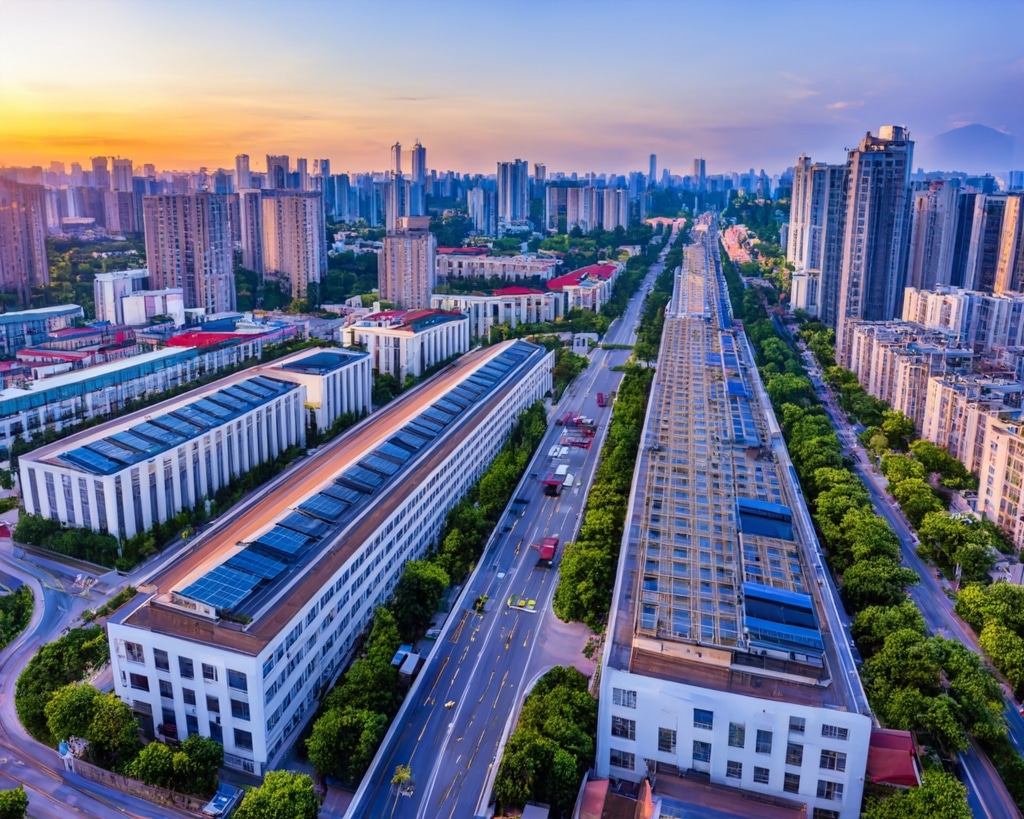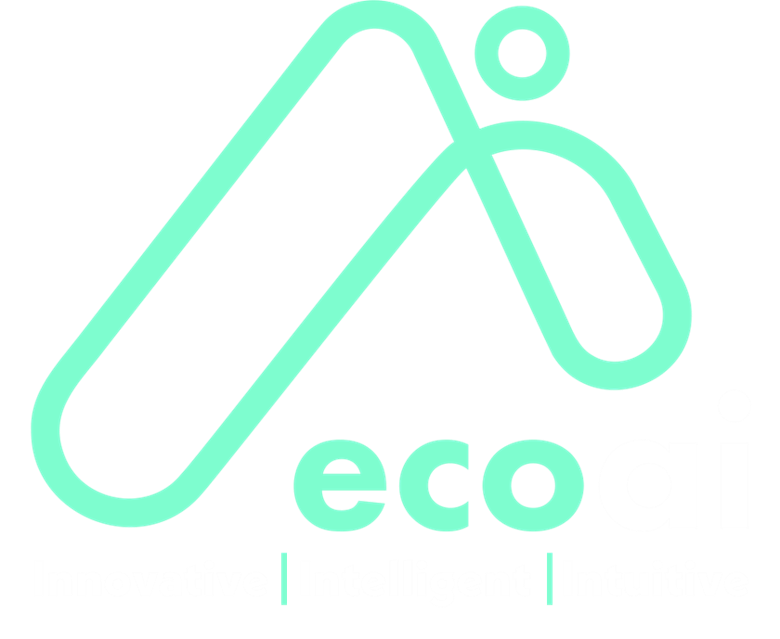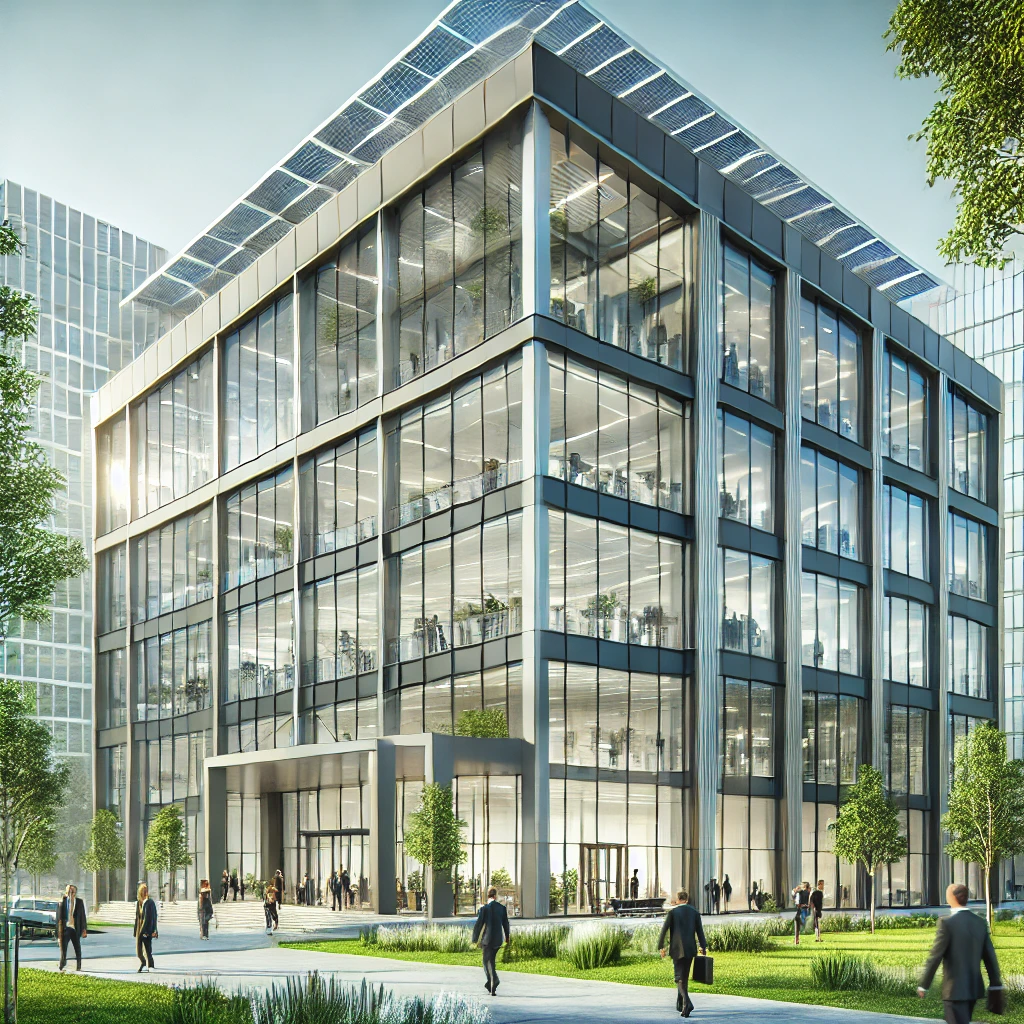We help create the conditions for remarkable energy savings by using AI to make micro-adjustments to a building’s existing HVAC system continuously.
In the process of making grey buildings green, we monitor a number of data points and then make decisions on how to optimise the HVAC system in real-time. This process involves continuous monitoring, evaluation, and adjustment and can only be achieved with advanced in-depth learning methods and an understanding of the HVAC environment. The result is an operationally optimised property with reduced utility costs and improved indoor climate & comfort conditions.
What does the AI do?
With the help of advanced artificial intelligence and machine learning, we control commercial buildings and their systems for controlling heating, ventilation, and air conditioning (HVAC system). The AI maximises the use of existing data from a building management system (BMS), weather to make the building smarter and, indirectly, an environmental fighter:
- The integration saves up to 25% of the total energy costs
- This increases your thermal comfort by up to 60% and extends the life of assets
- Reduces the building’s carbon footprint by 20-40%
This is done in three steps:

Step 1: We map your existing system and learn the thermal behaviour of the building.
- No matter how unique a building’s habits and behaviours are, we can communicate with the existing infrastructure.
- The building is then connected through an integration of our AI which then collects data from BMS and starts our AI engine’s learning process.
- For 4-8 weeks, the AI collects data and creates a data set that is, in short, a copy of the building.
- During this period, it learns the thermal behaviour of each zone in your building and begins to identify uniquely configured optimisation strategies.
- This is in order to maintain your pre-set temperatures effectively.
Step 2: Optimise your building’s HVAC operations in real-time.
- After 4-8 weeks (whilst the building’s behaviour is being learned), layers of intelligence are added by including external sources of information, such as weather forecasts, tariff structures, and user behaviours (such as holidays and public holidays) to name a few.
- AI then predicts the future condition of each area in the building and the optimisation strategies required to reduce unwanted temperature changes.
- Our AI then autonomously optimises the building’s HVAC system and its components in real-time by directly writing back information to the BMS controller. These unique instructions maintain the maximum level of comfort and ensure the safety and efficiency of the building’s equipment while reducing the building’s carbon footprint.


Step 3: Continuous leaning and performance improvement
- The system is self-propelled, self-learning, and supports the building 24/7.
- New instructions and data are updated and sent to your building every 15 minutes.
- This is to be able to work effectively with new conditions that take place both indoors and outdoors.


Leave a Reply